School Trips to Beijing for Cross-Curricular Studies
Uncover a variety of exciting school trips to Beijing with Travelbound. China, with its ancient treasures and forward-facing culture, will be sure to inspire students and broaden their outlook on the world both during and after their trip.
Highlights of school trips to Beijing
The magnificent Forbidden City palace complex
A rickshaw ride through the city streets
The cultural landmark of Tiananmen Square
The wonder of the Great Wall
Warwick SchoolThank you so much to all at Travelbound for making the trip such a very great success. The itinerary was incredible and the organisation the best that I have ever known on a school trip.
Suggested itinerary
What's included*
*Visa costs not included in price
Recommended excursions
It was here on October 1st 1949 that Chairman Mao Tse-Tung announced the founding of the People’s Republic of China to the world. Built during the Ming Dynasty the square is named after Tiananmen Gate, which lies to the north. It’s the third largest of its kind in the world and a significant cultural landmark with the People’s Heroes monument in the centre.
Considered to be one of the wonders of the world, the Great Wall today was built in Ming Dynasty and is over 6,000 km long. An amazing feat of defensive architecture, intended to protect the Chinese Empire from invaders, it winds a path over rugged country and steep mountains. Sections within easy reach of Beijing have been restored so that visitors can walk on the wall and see the watch towers.
Once used by emperors in the heaven worship ceremony, the temple park in Beijing is now one of the grandest examples of China’s sacrificial buildings. First built in 1420, the temple has been enlarged and rebuilt by both the Ming and Qing dynasties. At the heart of the Temple is the Hall of Prayer for good harvest, where the Emperor requested good harvests in his divine capacity as the son of heaven.
This palace lies at the heart of Beijing and was the home of the emperors for over 500 years. Completed in 1420, it is the biggest palace complex in the world covering 74 hectares. Surrounded by a 52m-wide moat, it’s an adventure to explore the labyrinth of rooms, halls and gardens with magnificent decoration and rare curiosities throughout.
Situated just outside Beijing, the Summer Palace is the grandest and most well preserved park in China. Construction began in 1750 on these luxury gardens for the royal family, and gradually they have been developed into the magnificent expanse of lawns, streams, bridges, secret gardens and pavilions scattered across the shores of the Kunming Lake.
The Legend of Kung Fu tells the story of how the famous martial art originated, with a young monk on the path to enlightenment and the trials he encounters on the way. Fusing modern dance with traditional Chinese arts, it has an important message told through spectacular performances of Kung Fu and acrobatics, making it easy to follow the plot.
Acrobatic art is a traditional Chinese performing art rooted in Chinese culture and dating back to 475-221BC. The ancient acrobatics reflected the lives of the Chinese people and today, all provinces of China have their own acrobatic troupes. Acts such as group gymnastics, meteor juggling and tight rope feats make for a spectacular show for the students.
Take a Rickshaw ride through Beijing’s traditional back alleys known as Hutongs. See traditional courtyard residences characteristic of how the majority of the population lived in Beijing until the mid-twentieth century. Many Hutongs have been demolished in recent years to make way for modern development but some areas have been protected because of their historical and cultural significance.
The Chinese tea house has the same cult following as our coffee shop culture. It’s a great way for students to get a taste of oriental tea tradition. The tea ceremony reveals different types of scent, colour, taste and brewing methods for individual blends and their health benefits. The ceremony is an art form and a joy to watch before enjoying a cup.
Kung Fu is an ancient shaolin martial art and one of China’s greatest cultural exports. Students really enjoy this activity because it blends an exciting new skill with a history of the famous practice. All the instructors are highly trained and tailor the lesson to all ages and abilities, ensuring everyone can get the most out of the class.
The ancient art of Chinese calligraphy is still widely practised and respected in East Asian culture. It’s about capturing life through traces on silk or paper, a dynamic technique prized for both its aesthetic and expressive qualities. Students take part in a lesson by a skilled calligrapher, and keep their finished sheets as a memento to take home.
China’s national opera is a performance art incorporating singing, reciting, acting and martial arts. The music plays a key role in setting the show’s pace, creating a particular atmosphere, shaping the characters and guiding the progress of the stories. Performance is characterized by a formulaic and symbolic style with actors and actresses following established choreography. Traditionally stage settings and props are minimal, costumes are flamboyant and face make-up exaggerated. This lesson will give students a better appreciation of Peking opera and a deeper understanding of Chinese culture.
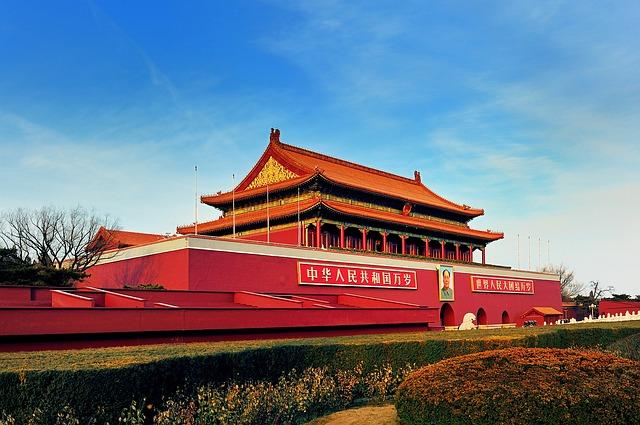
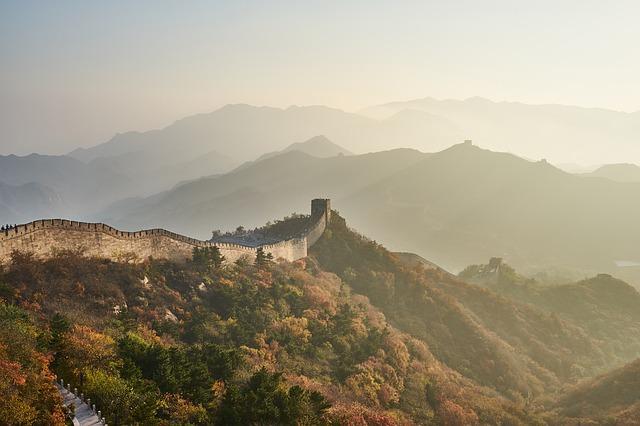
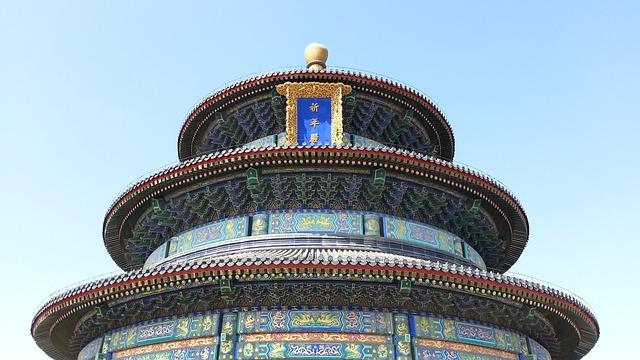

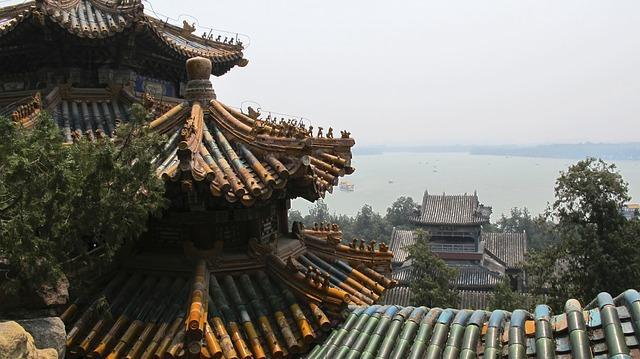
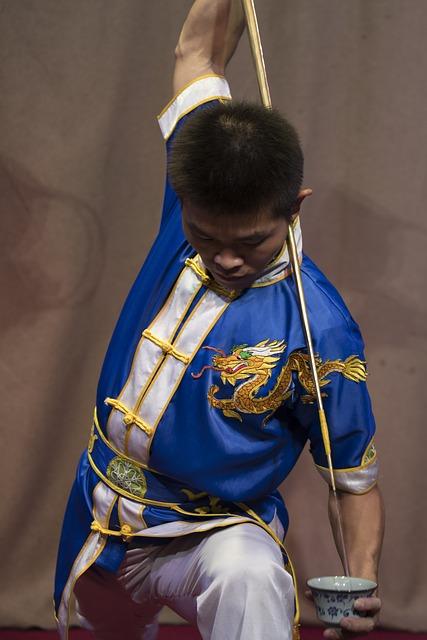
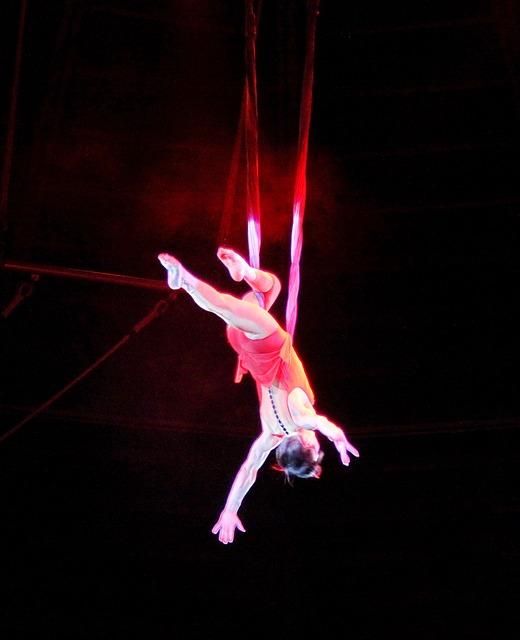
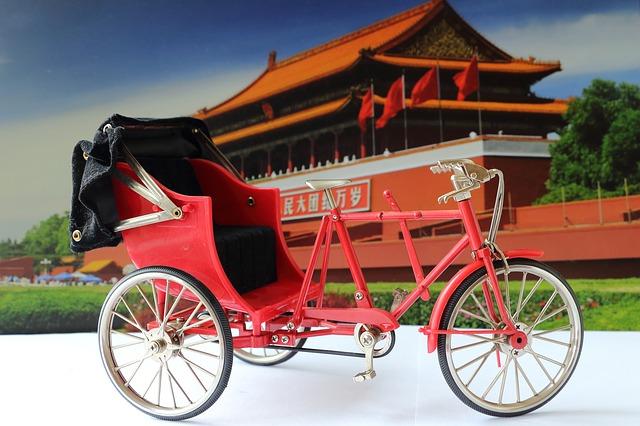
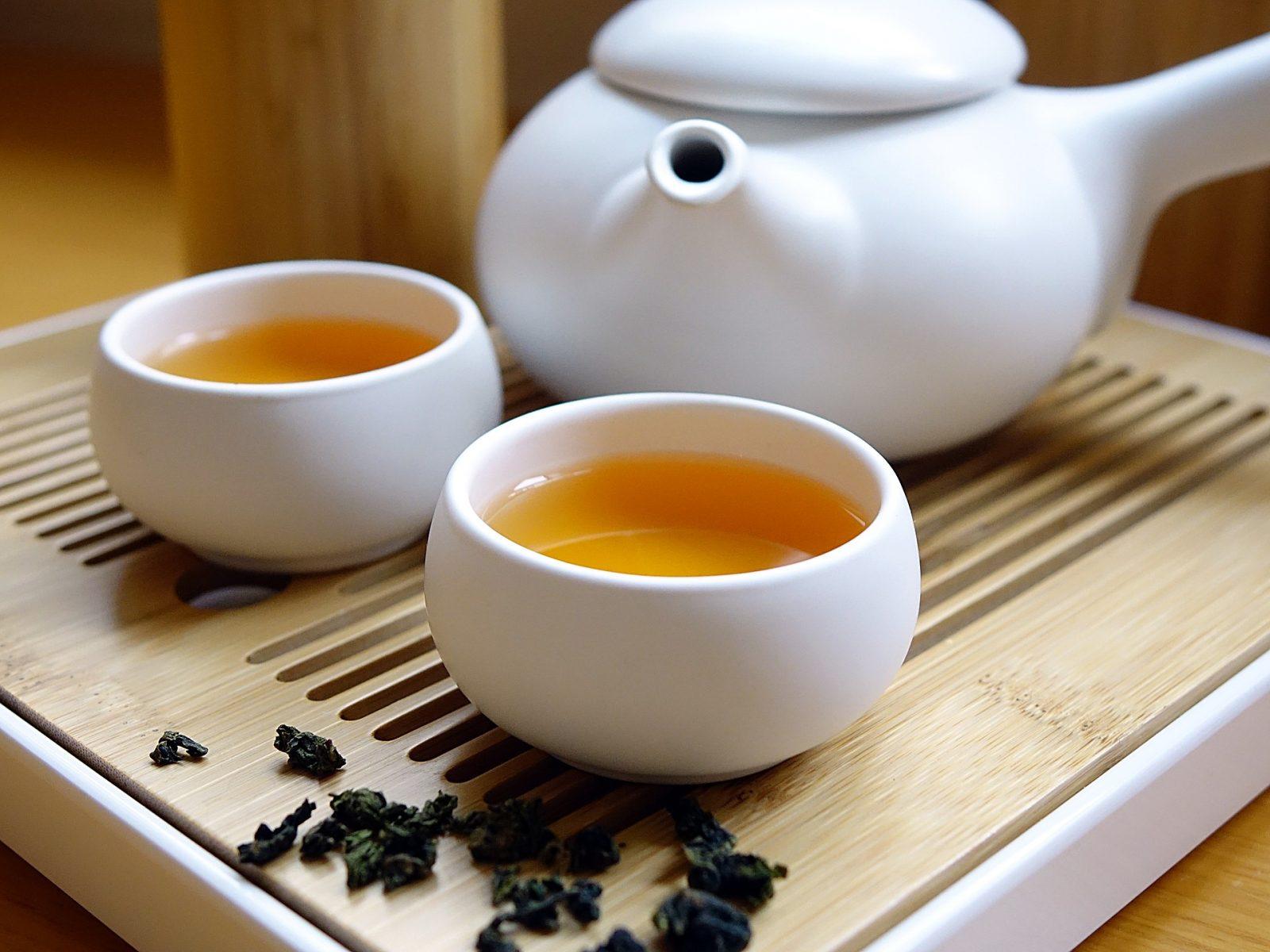
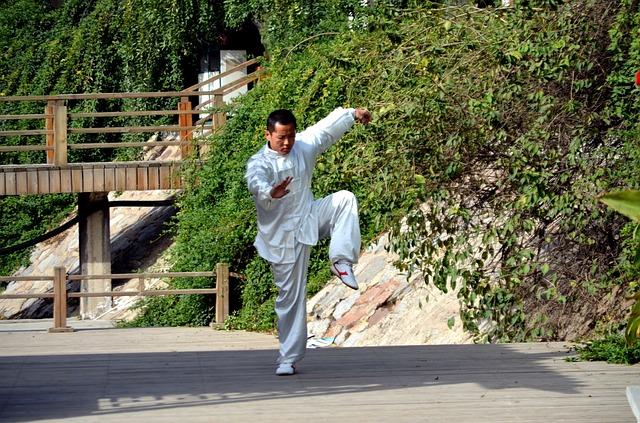
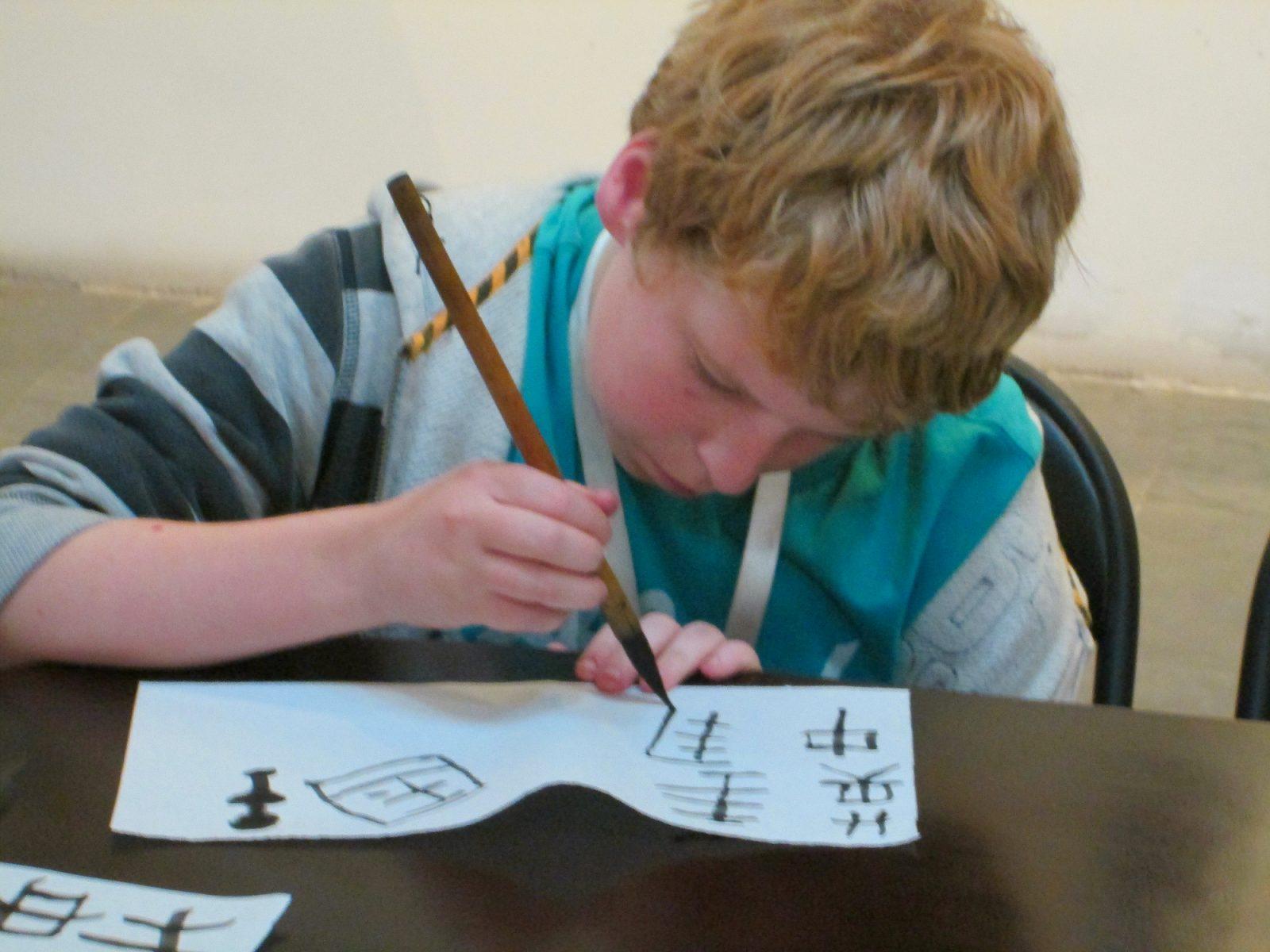
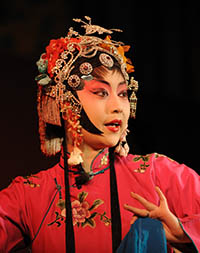
Typical accommodation
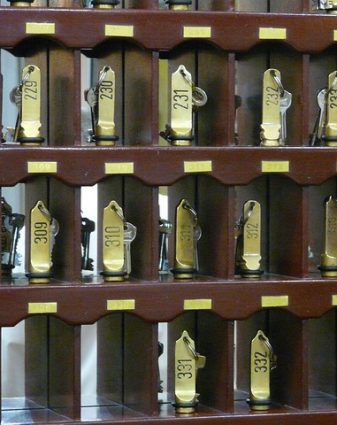
Why groups like it:
Facilities:
Learning outcomes
Subject focus
Students can:
- Experience learning outside the classroom in another country – the culture, history, politics, geography and art
- Gain a deeper understanding of Chinese history and politics
- Develop an understanding of China’s economic and political role in the modern world
- Build confidence and learn to value the skills and techniques needed for personal and team success
- Broaden the mind through the study of another culture
- Discover, explore and have fun with fellow students and teachers
Student outcomes
Students will have an opportunity to:
- Visit a foreign country and experience another culture
- Consider a range of issues around citizenship and history
- Gain a better understanding of China’s role in the modern world
- Gain independence and self-confidence
- Strengthen existing friendships and make new friends
- Understand personal organisation, co-operating and working with others in a variety of environments



